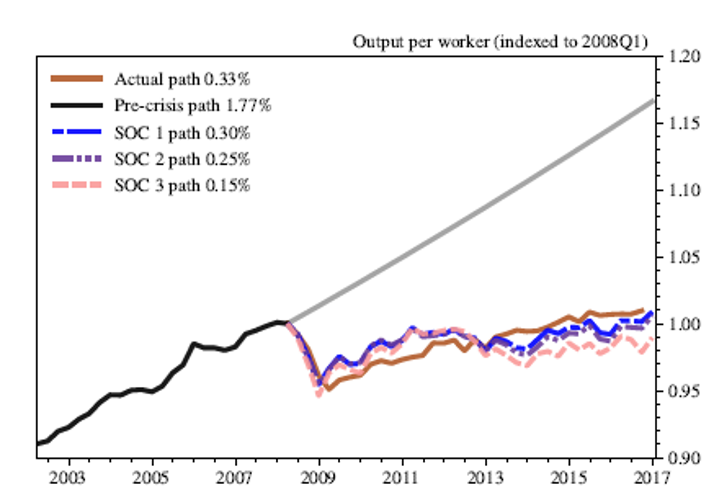About the research
This research focused on whether labour market mismatch contributes to the UK’s relatively low productivity. Labour market mismatch is when a mismatch exists between unemployed jobseekers and current vacancies. Using a combination of recruitment data and Office for National Statistics (ONS) survey data, researchers explored trends by occupation and region. The study found evidence that regional mismatch has a potentially larger impact on productivity than occupational mismatch.
Methodology
To carry out analysis the team first had to take naturally occurring job vacancy data supplied by
Reed.co.uk and apply Standard Occupational Classification (SOC) codes. ONS currently uses a proprietary tool to match SOC codes to standard job descriptions but this would not work on the Reed data, as it was not standardised. The team developed an algorithm using fuzzy matching to classify all the vacancies. The Reed dataset had 15 million records, a subset of which was used to develop and test the algorithm. This algorithm suggests SOC codes for a much wider range of job descriptions and has subsequently become freely available, allowing for other researchers to carry out more meaningful research.
The new dataset created included the latitude and longitude of the vacancy allowing for the further investigation into the data to ascertain whether regional mismatching would have led to greater aggregate productivity.
Findings
The research found, contrary to previous assumptions, occupational mismatch (when vacancies are unfilled due to the correctly skilled candidates being unavailable) would not have led to significant change in aggregate productivity.
Resolution of regional mismatch however would have led to much greater aggregate productivity almost raising it to pre-crisis levels.


